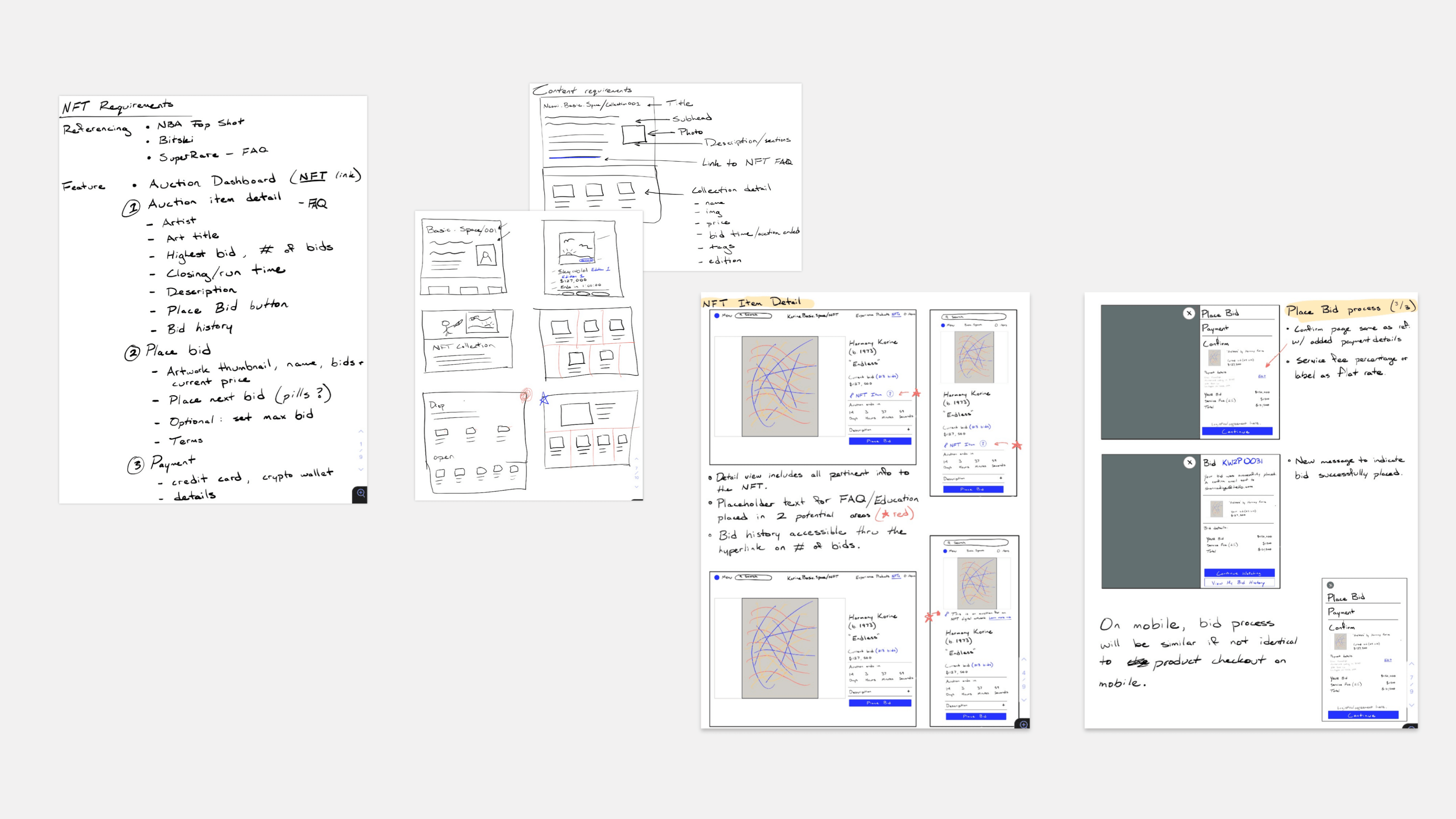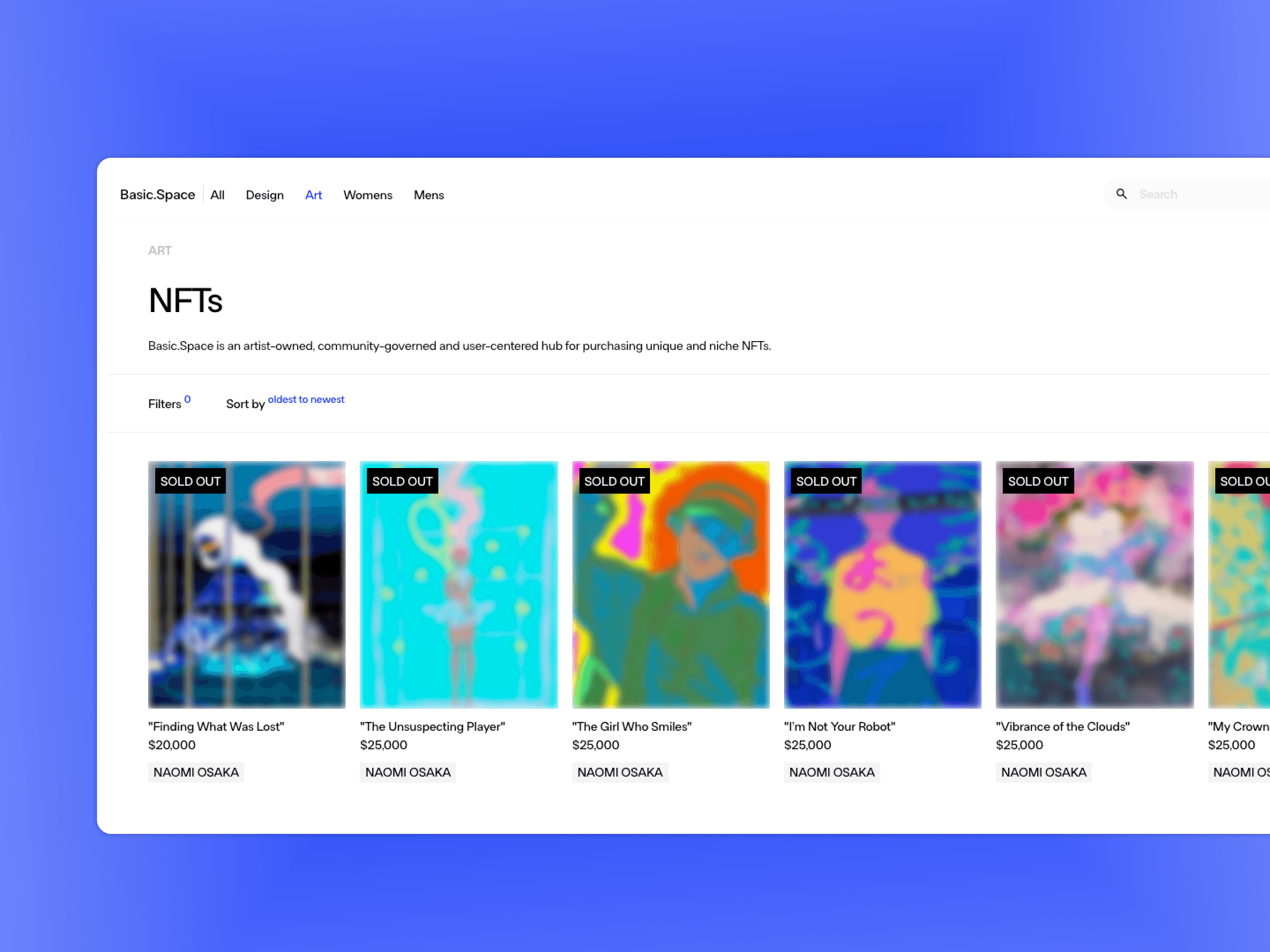Basic.Space
Building function with form for social e-commerce marketplaces
A world of mass-produced goods, sponsored content, and fast fashion has prompted young consumers to seek out authentic and trusted shopping experiences. Over 50% of Millenial and Gen Z shoppers have purchased a product based on a creator's recommendation — they are looking for products that 1) provide a personal connection with storytelling or process, and 2) are authetnicated and vetted by people they trust.
Basic.Space has disrupted this space with a hybrid social and retail experience, focusing on curating marketplace products from tastemakers, creatives, and influencers who in turn bring their followers to the platform. The challenge they faced was simple — find pathways for customer conversion on platform experiences.
I joined efforts at Basic.Space as a product designer, leading research and design delivery of products that would quickly launch and realize value with our customer base.

Building iteratively to launch auction functionality
A new product development had emerged after our team had collected seller feedback that asked for the ability for bidding on certain items. An opportunity was emerging in 2021 to collaborate and facilitate the auctioning of physical art, certified by ownership of non-fungible tokens.
With 4 weeks on the clock to a collaboration with tennis stars Naomi and Mari Osaka, I worked with a small team to ideate, based on a desired journey, prioritization, and technical dependencies. Using this low fidelity path to make CX recommendations is seamless with a mission-aligned team, which we were able to realize with proper requirements gathering.



The marketability for NFTs were premature — digital artwork was no proper medium for ownership, especially if others could simply screenshot. Our team discussed the opportunities for NFT technology, going beyond retail and touching systemic opportunities that eliminate middleware. My perspective and the team's helped contribute to discussions with many decentralized autonomous organizations (DAOs) — those discussions informing frameworks for NFT use cases.

Increasing conversion rates via conventional design
All e-commerce companies survive off their inherent ability to convert a wandering visitor into a customer. What happens when user experience gets in the way of that?
After a usability audit through the Basic.Space purchasing journey, I had identified a few red flags that required attention. With buy-in from leadership, I went about my iterative process to build out UX improvements along the primary workflow.


Our success post-revitalization was captured in key metrics, reflecting that while customer experience was vastly improved, it fundamentally transformed the site from a place of statement to a working conversion engine – sellers needed to deliver the traffic, our site did the rest.
